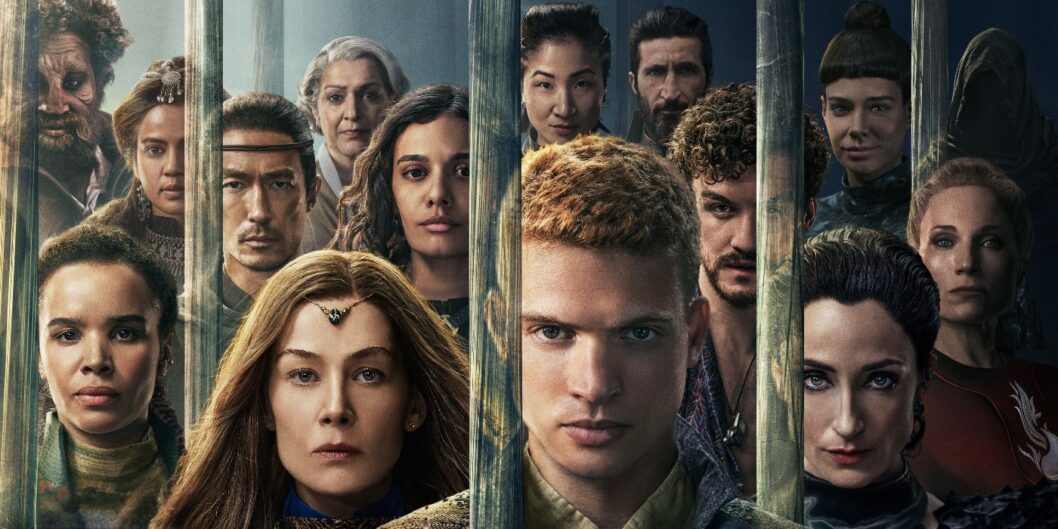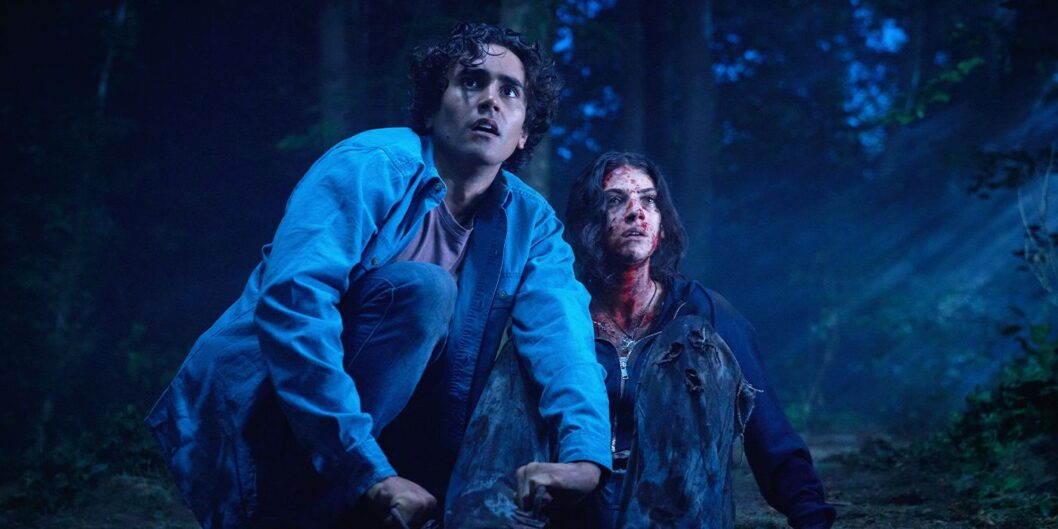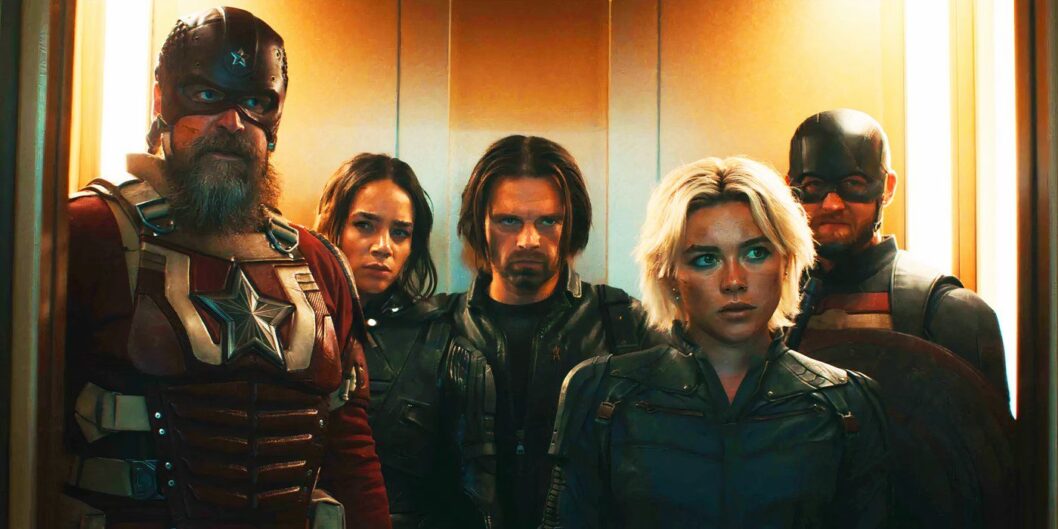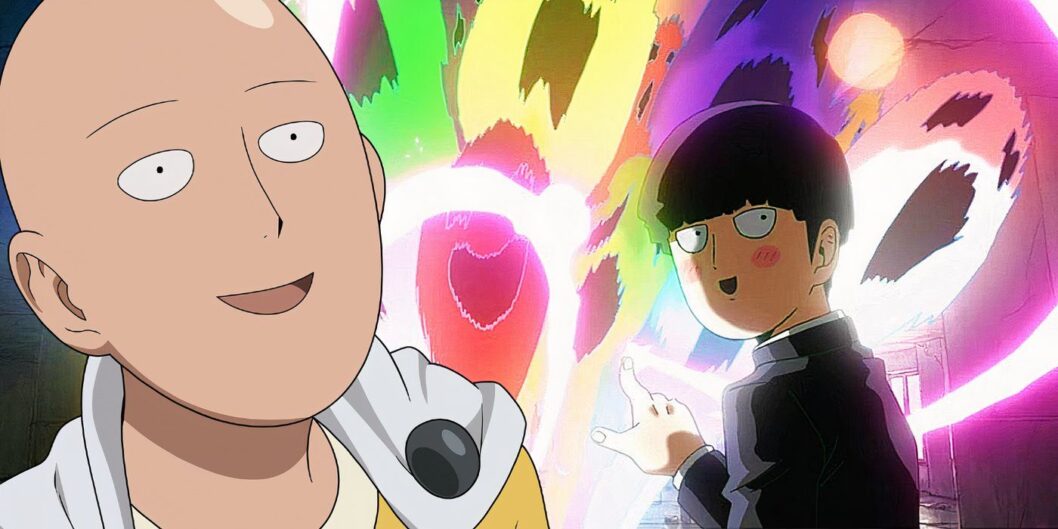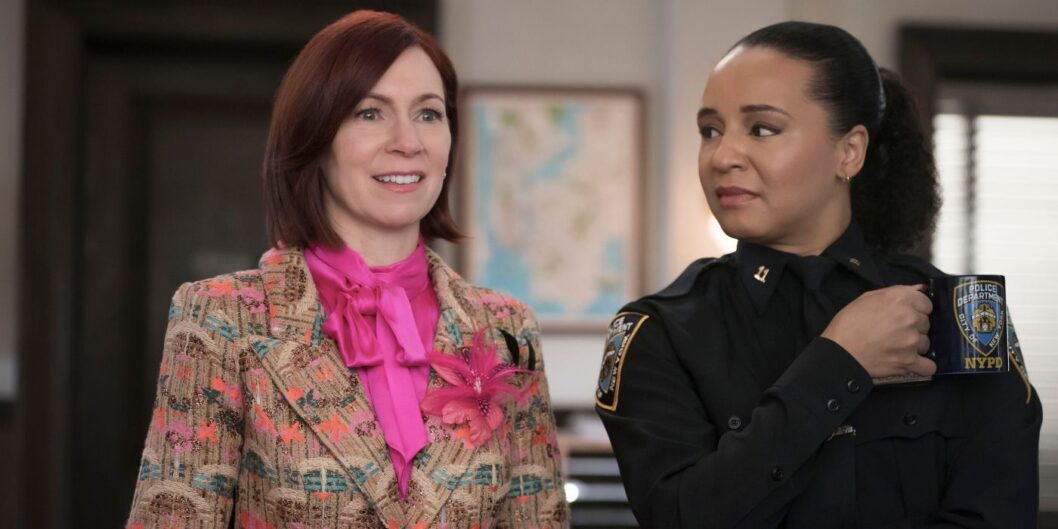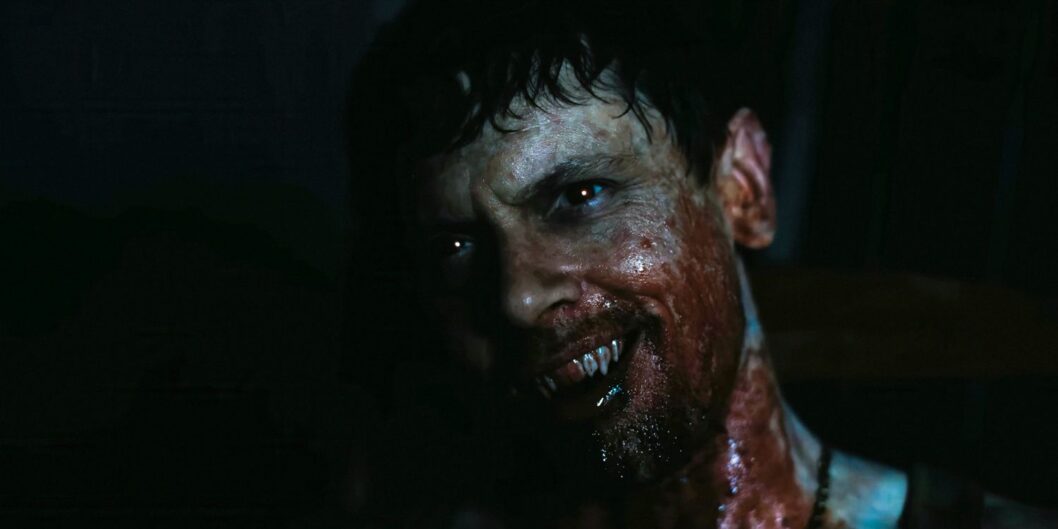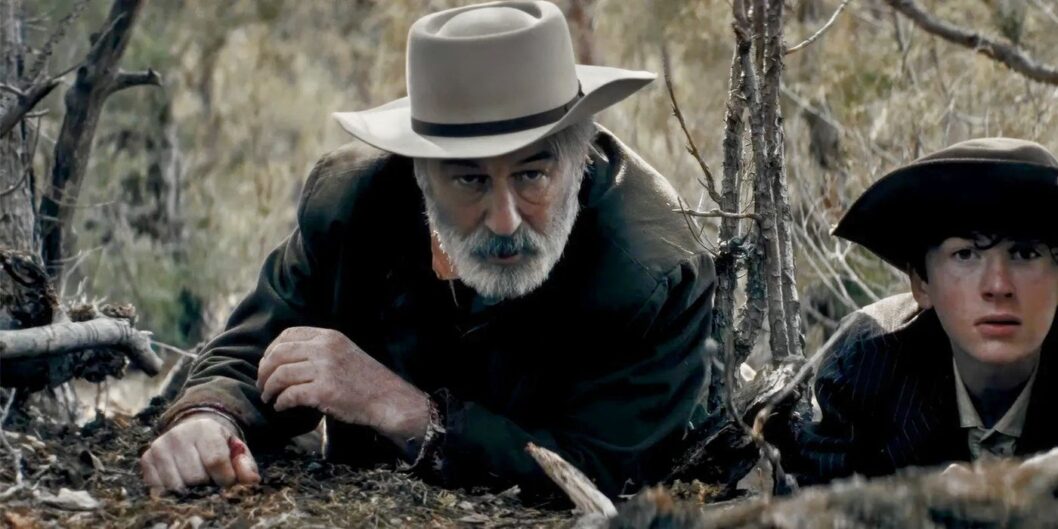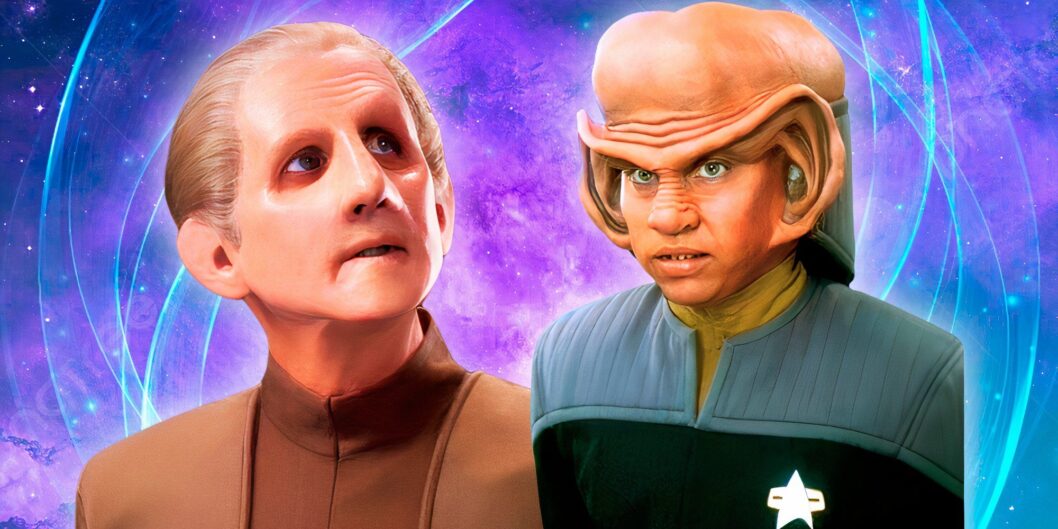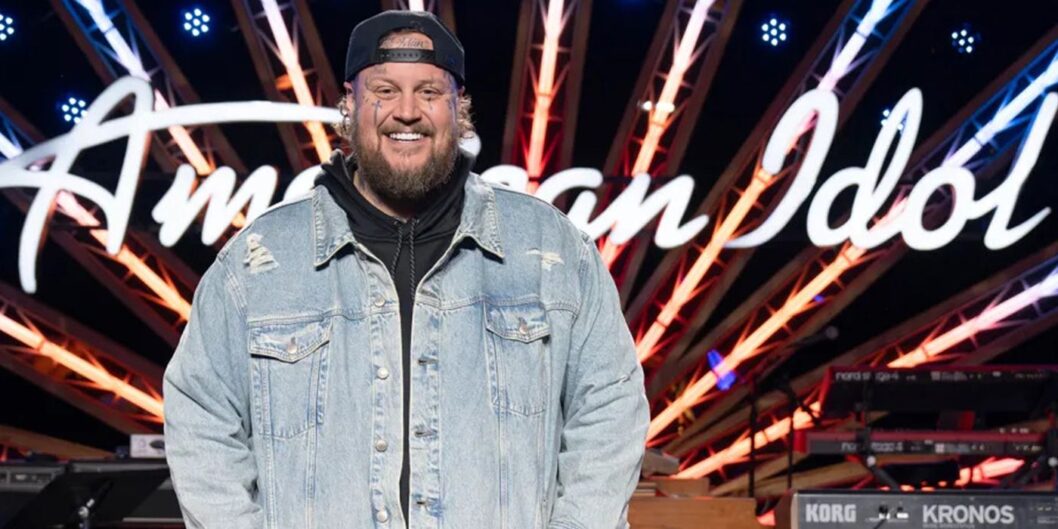The Rising Action in The Wheel of Time: Nynaeve Versus Moghedien
Prime Video’s adaptation of The Wheel of Time has steadily gained traction, captivating audiences with its narrative depth and character development. As viewers eagerly await news about a potential Season 4 renewal, the focus shifts to pivotal storylines that have yet to unfold.
Anticipation of Key Confrontations
The show’s third season showcased significant developments for two major characters: Nynaeve, portrayed by Zoë Robins, and the Forsaken Moghedien, played by Laia Costa. As of now, fans are particularly excited about their anticipated confrontation, which is expected to adapt a critical moment from Robert Jordan’s fifth book, The Fires of Heaven. This rivalry marks a vital transformation in Nynaeve’s character arc, reflecting her growing mastery over her abilities.
In Season 3, Episode 6, titled "The Shadow in the Night," viewers witnessed Nynaeve’s struggle against Moghedien’s compulsion tactics. Despite facing a formidable opponent, Nynaeve nearly breaks free, hinting at the potential for an exciting match-up in future episodes. The season concludes with Moghedien aligning with Liandrin (Kate Fleetwood), thereby escalating the stakes as both characters vie for control over crucial power dynamics within the story.
Impacts of the Upcoming Battle
The confrontation between Nynaeve and Moghedien isn’t just thrilling; it serves as a pivotal turning point in Nynaeve’s evolution. The Fires of Heaven portrays Nynaeve’s struggle against Moghedien as emblematic of her journey towards self-discovery and empowerment. Fans anticipate transformation in Nynaeve’s character that aligns with the book’s narrative, as she begins to recognize and wield her formidable skills.
This battle is also positioned against a backdrop of profound stakes—Moghedien’s character embodies a level of danger that has not yet confronted Nynaeve, making their eventual clash all the more compelling.
The Complexity of Character Dynamics
One of the most intriguing aspects of Nynaeve’s upcoming battle with Moghedien is the nuanced portrayal of their relationship. Despite appearing to be the "least powerful" Forsaken, Moghedien proves to be a clever and dangerous opponent. Nynaeve’s decision to collar Moghedien elevates her character to new moral complexities, revealing that she, too, is willing to use ruthless tactics to achieve her goals.
The implications of this act extend beyond a mere power dynamic; they affect Nynaeve and her allies’ relationship with morality. By outsmarting a Forsaken, Nynaeve not only proves her capabilities but also raises questions about the cost of power and the morality of her choices.
Anticipated Changes in the Show’s Adaptation
While the story’s essence is expected to remain intact, fans should be prepared for potential changes in the show’s adaptation of this critical confrontation. Showrunner Rafe Judkins has confirmed that he aims to explore the fifth and sixth books in Season 4, which may lead to adaptations that differ from the source material.
For instance, the events in Tel’aran’rhiod, an essential setting for Nynaeve’s learning and future confrontations, have nuances that may be altered in the show. Moreover, Nynaeve’s character development is evident as she overcomes her block in Season 3’s finale, potentially shifting the power dynamics in her favor against Moghedien.
Conclusion: The Importance of Potential Changes
The forthcoming Nynaeve versus Moghedien sequence stands as a defining characterization within The Wheel of Time, embodying themes of growth, morality, and the complexity of power. If renewed for a Season 4, the adaptation has a unique opportunity to enrich the show’s narrative arc while providing a fresh take on iconic moments from the book.
As The Wheel of Time continues to weave its intricate tapestry of storytelling, the resolution of Nynaeve’s journey will not only delight fans but may also cement the series’ place as a cornerstone of fantasy television.
The Wheel of Time is currently streaming on Prime Video, providing access for both new viewers and long-time fans alike to revisit the adventures thus far as they await the next chapter.



